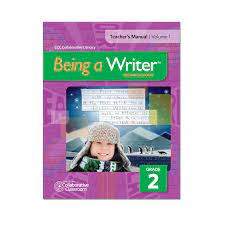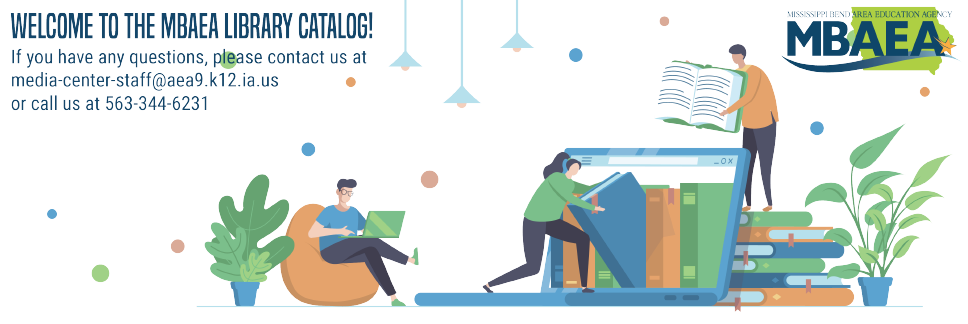
Curriculum Library
|
Being a Writer, Grade 2 Curriculum
Copies
1 Total copies, 1 Copies are in,
0 Copies are out.
Title
Being a Writer, Grade 2 Curriculum
Call No
XXLIT102
Edition
2nd Edition.
Language
English
Published
Alameda, CA : Center for Collaborative Classroom, 2014.








